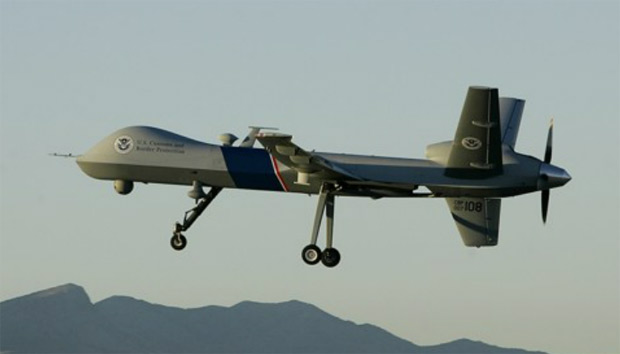Police patrol aircraft

For patrolling in Lancaster, a small Cessna 172 aircraft is used, for which the video surveillance and control system was developed by the Californian company Spiral Technology. The project cost is $ 1.3 million, one hour of observation is $ 300.
The authorities of the Californian town of Lancaster approved the use of the Cessna 172 for police patrolling the streets, starting in May 2012. The aircraft will be in the air 10 hours a day, flying around the territory along a given route at an altitude of 300 to 900 meters and recording the movement of people on the ground with the help of video cameras, including in the infrared range.
Apparently, this is the first case in the world when the police use airplanes to monitor civilians. But this example will certainly not be the last. Moreover, in the future they can start using unmanned aerial vehicles (UAVs), which are now effectively patrolling the US-Mexican border, war zones in Iraq, Afghanistan and neighboring countries.
In the event of an alarm, a patrol plane in Lancaster is instantly sent to the specified coordinates and starts video recording. He obeys commands from the center and can quickly get on the tail of the offender. Thus, the police receive an effective tool for quickly responding to shooting (coupled with a network of sound sensors), robbing apartments, stealing cars and other offenses, which citizens report immediately after they are committed.
In “free time”, the plane will simply fly along the route and shoot everything in a row, transferring the picture to the control center. That is, it acts like a regular patrol drone at the border or in a war zone.

The Predator UAV is used to patrol the Mexican border, so far the flight of “traitors” has exceeded 10,000 hours.

Command center in southern Arizona, where the picture comes from the UAV.

The infrared survey reveals 19 intruders who are trying to penetrate American territory at night.
Without a doubt, this is a very effective tool, but the question arises: how acceptable is the idea of using patrol planes for civilian purposes - does this violate the privacy of citizens?
Judging by the comments of representatives of law enforcement agencies who have been discussing the use of UAVs for patrolling for several years, the privacy of residents is not considered a problem at all. The only reason police UAVs still do not fly over every city is safety. Recent casewith an American drone in Iran showed how easy it is to disable a drone, mute / replace control signals, and disable a plane. In the worst case, a plane crash can occur when a lost UAV dives directly onto the roofs of houses.
To date, the rules of the Federal Aviation Administration of the United States (FAA) do not allow UAV flights over densely populated areas. Developers of such devices, as well as law enforcement agencies, have to do a considerable amount of work to remove this ban. The FAA's consideration of the resolution of small UAVs in cities is scheduled for January 2012. UAV developers have already made models of police drones - all that remains is to get the green light from the FAA.

A model of a police UAV from the American company AeroVironment. An airplane weighing 2.5 kg is controlled from a tablet, and the cost of such a UAV will be only $ 40,000, that is, like a regular patrol car.

